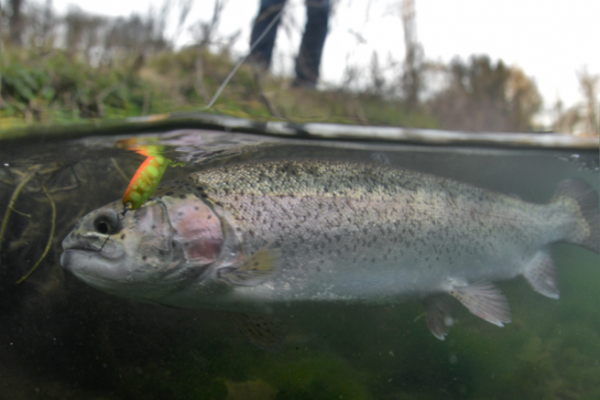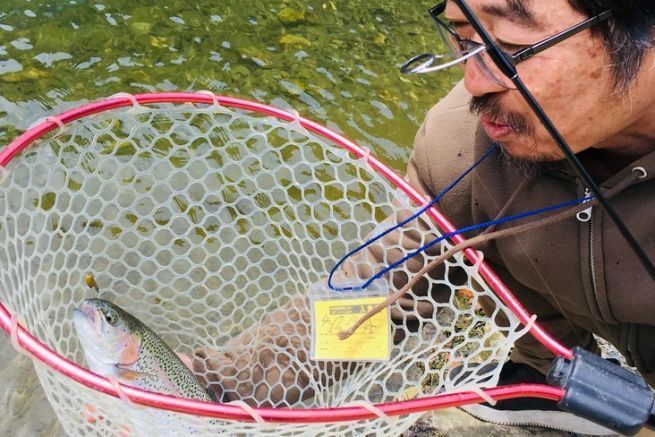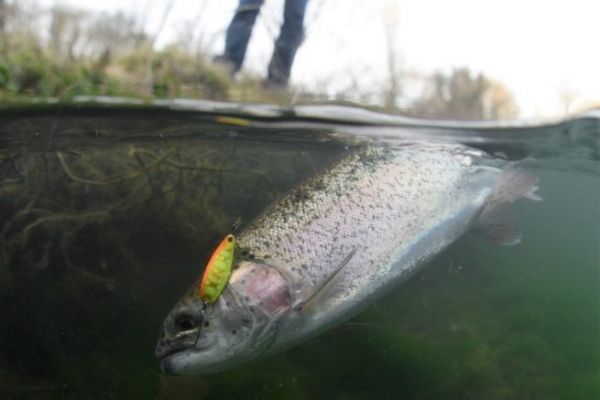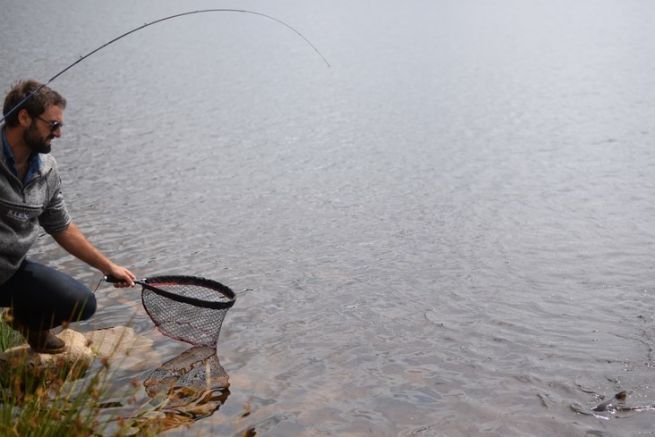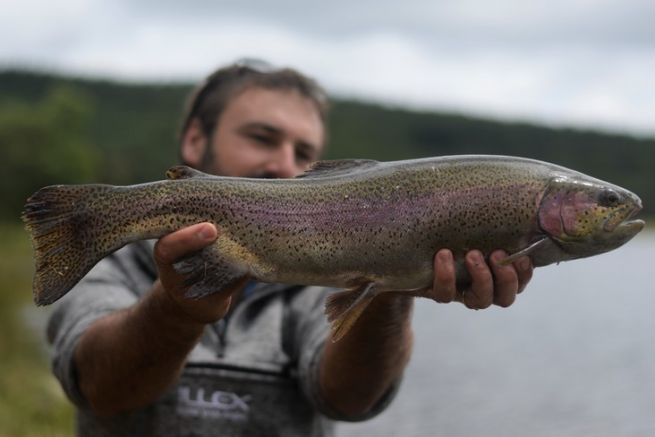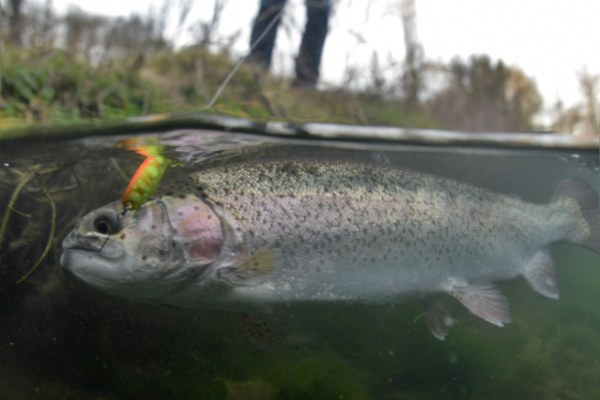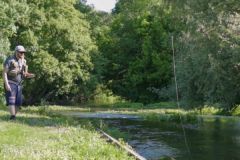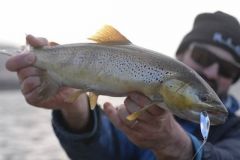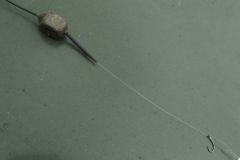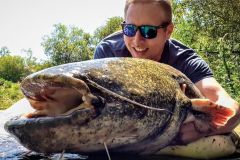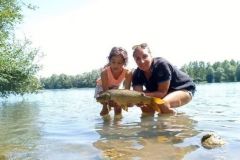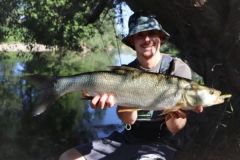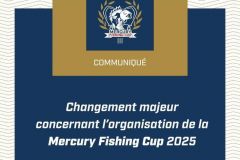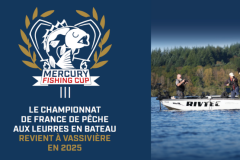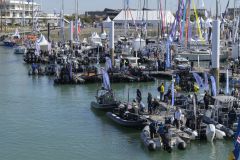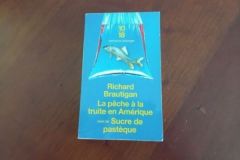Fishing in the area is governed by rules and codes. Trout fishing in these closed environments is as technical as it is fun. It is often necessary to have several strings to one's bow to fool these recalcitrant and educated salmonids. The wobbling spoons are there for that.
The waving spoons in area
Wobbling spoons are relatively versatile metal lures. They can be both natural by emitting fine and discreet stimuli, as well as very inciting by emitting strong stimuli and flashy colors.
In fact, there is an infinite number of different types of wobbling spoons available for area fishing. All the manufacturers specialized in this field offer them and for almost everything! The goal is to offer the cocktail of depth of swimming, color and animations that provides the most hits. The great competitors in area are often those who are the closest regularly to the solution of this equation which never really has a firm mathematical solution!
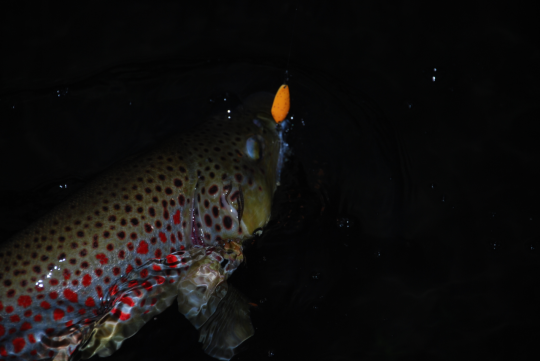
Most models range from 0.5 grams up to 7 grams for the heaviest models. Commonly used weights are between 0.8 grams and 3.5 grams.
Depending on the thickness of the metal sheet, the material, the curve and the silhouette, you can make this little piece of metal do anything: fish slowly in a straight line, let it fall vertically, fish quickly, fish on the surface...
Various possibilities of animations
There are countless possibilities and we will discuss together the main families of wobblers and how to master them to expand our possibilities of catching fish in tanks.
- The spoons for the linear close to the bottom. They often have a compact silhouette to fish close to the bottom slowly. The swimming amplitude is relatively weak, a regular roll very often. They do not pull too much in the line and can even be animated in twitch to be more inciting.
- The spoons for the linear in full water. Unlike spoons that swim close to the bottom, they are often more elongated and pull even less in the line. This also makes it easier to animate them and to retrieve them a little faster.
- Incentive spoons. They are often made of thin metal and wide enough to have a maximum swimming amplitude. They are very inciting undulating spoons which allow to target active fish, in the morning, at the beginning of a competition or after a release. They are also very suitable for prospecting and bringing in active fish from afar. On light weights, these models are also indicated to fish on the surface, high rod, because of their great bearing capacity in the water.
- Buttons are variations of waving spoons which arrived in France almost at the same time as their democratization in Japan. They have been brought to light in France by some enthusiasts and in particular by Vincent Petit and Ryoshi Europe Distribution via the brand NEO Style.
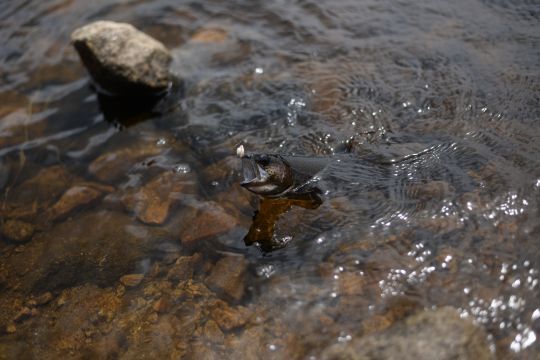
The colors that make the difference
Pink, brown or bright colors are basic colors. But the possibilities are endless. Competitors and regular area practitioners often have a wide range of colors for a single model of waving spoons. Indeed, all colors are likely to generate hits at some point. The luminosity, the color and the temperature of the water, the mood or the habituation of the trout, their food, are so many parameters which play on the effectiveness of the colors of the undulating spoon. It is therefore important, in order not to be caught off guard, to have a sufficient choice of colors.
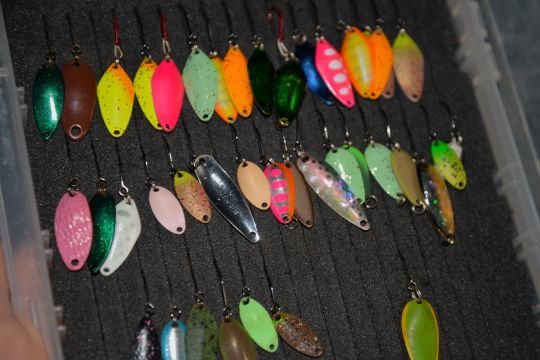
Adjusting weights
In addition to the obvious fact that the heavier the weight, the easier it will be to fish deep, increasing the weight also allows you to fish faster in a given layer of water. Conversely, the lighter you fish, the slower and higher you will fish in the water.
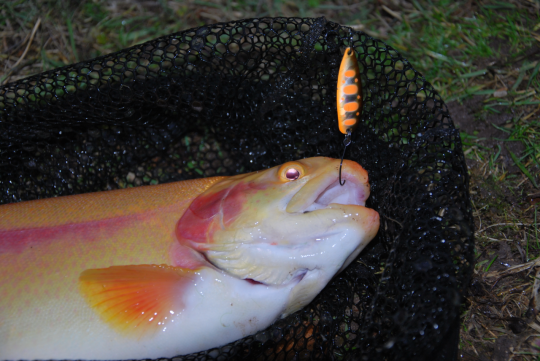
The differences in weight of the wobbling spoons for the area are very subtle. Between some models, there is sometimes only 0,3 grams of difference for very fine adjustments and to stick as well as possible to the depth of evolution of the salmonids, in particular in competition.

 /
/ 